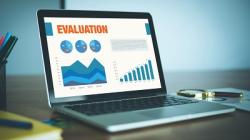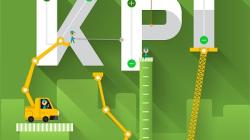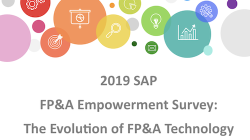Our company has believed that “two think better and faster than one”. That is why pair programming is one of our secrets for success, and it does not pass unnoticed by our clients. So why should it be ignored by leadership?
Providing decision support on product offerings in an online marketplaces environment requires digging deep on the granularity of the key business drivers to evaluate success. Using a method called “A/B testing” allows an FP&A leader to easily build a framework on key criteria to better understand the various behavioural impacts that consumers apply in different scenarios and to analyse their performance.
Why are the KPIs an important component in FP&A? What can organisations do to design and build a robust KPI framework and deliver improved business performance?
Unlike traditional management methods, Financial Planning and Analysis solutions are a new way to manage your business rationally. With the FP&A systems in place, business processes become more accurate and agile, preparing your company for the challenges and uncertainties of today's economic climate.
FP&A must drive profitable business decisions. As companies increase investments in advanced analytics, CFOs and their FP&A leaders are well-positioned to provide precise forecasts and actionable insights to support quick and accurate decision making.
In this uncertain, technology-driven world, we conducted a survey of global FP&A professionals to assess whether the work they do and the skill sets they employ are ‘good enough’.
Pagination
Subscribe to
FP&A Trends Digest

We will regularly update you on the latest trends and developments in FP&A. Take the opportunity to have articles written by finance thought leaders delivered directly to your inbox; watch compelling webinars; connect with like-minded professionals; and become a part of our global community.






